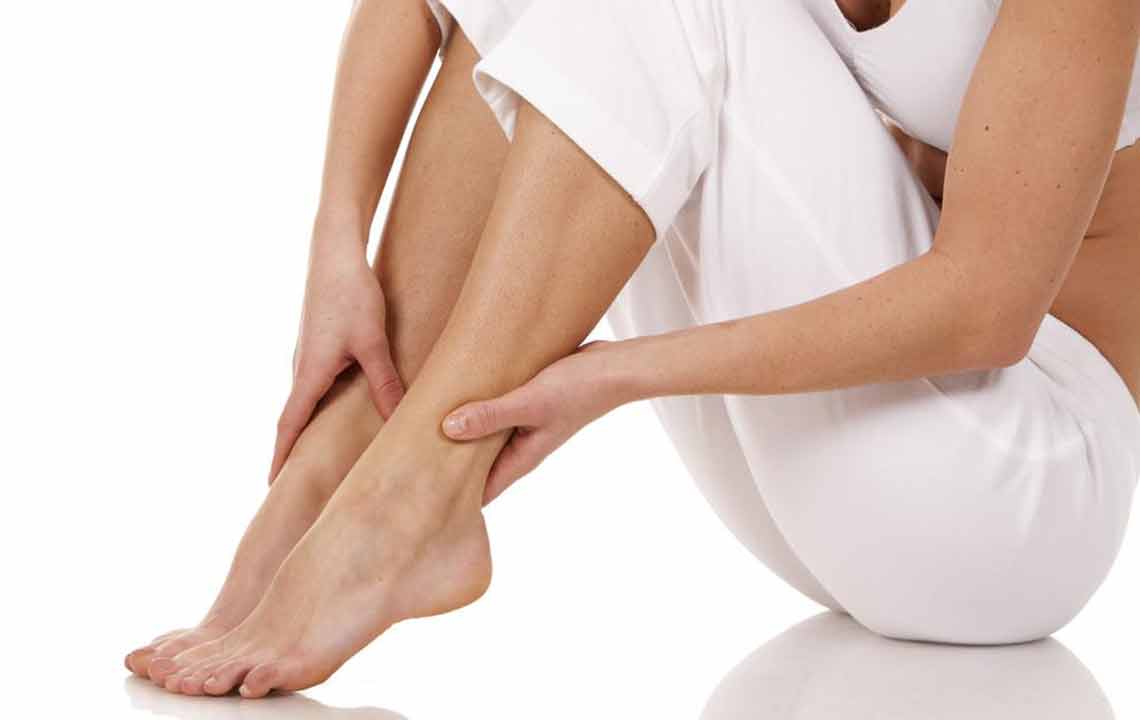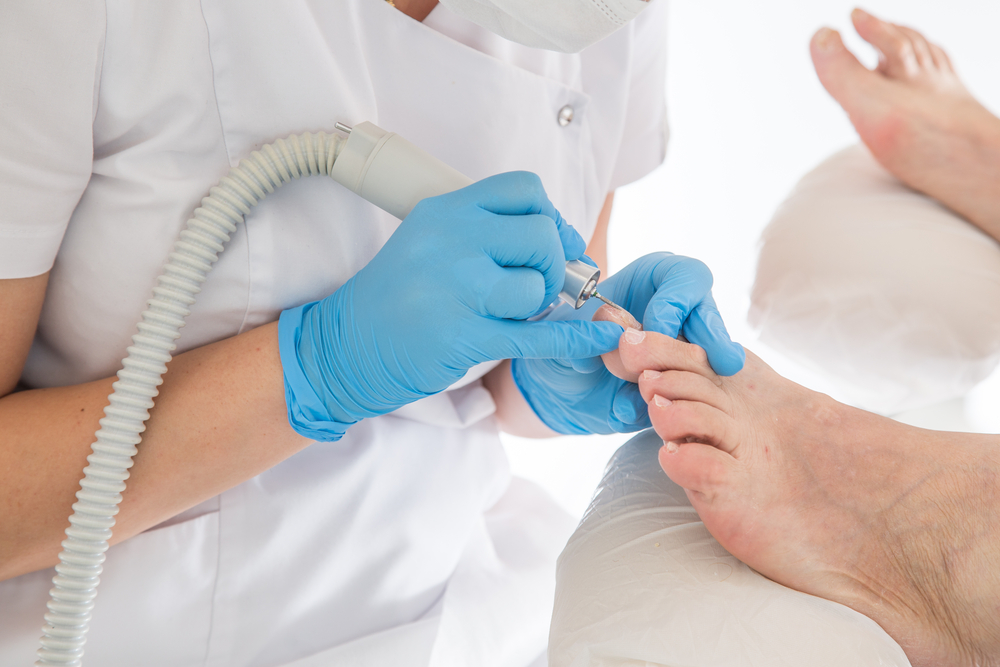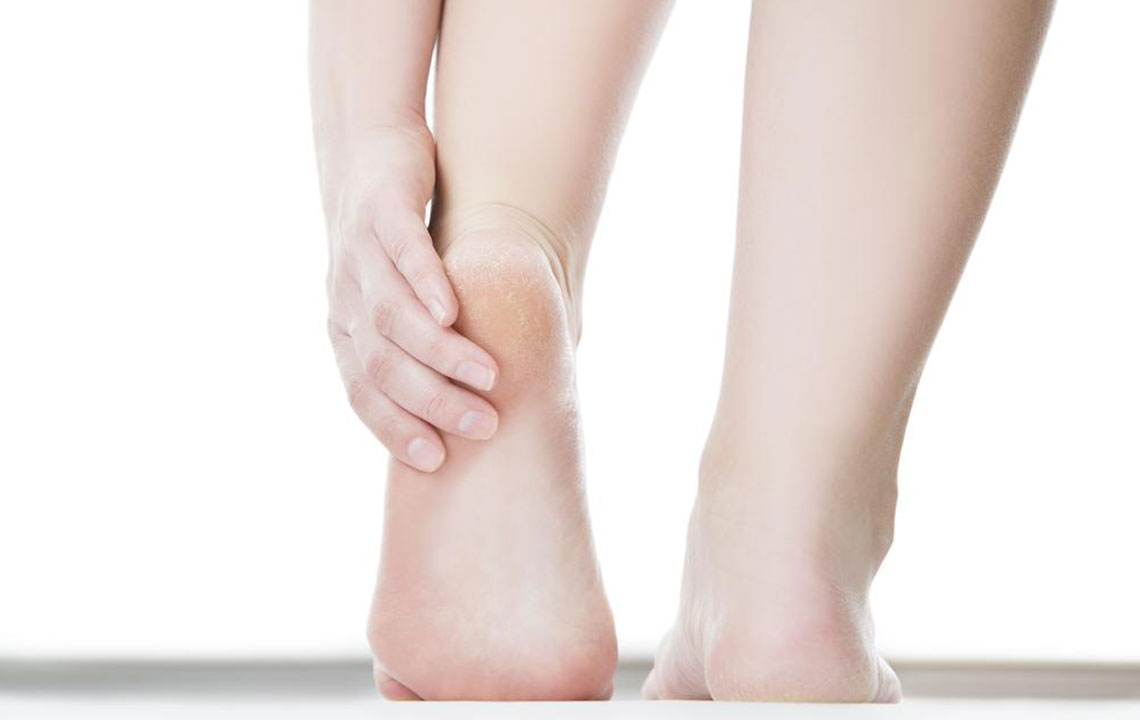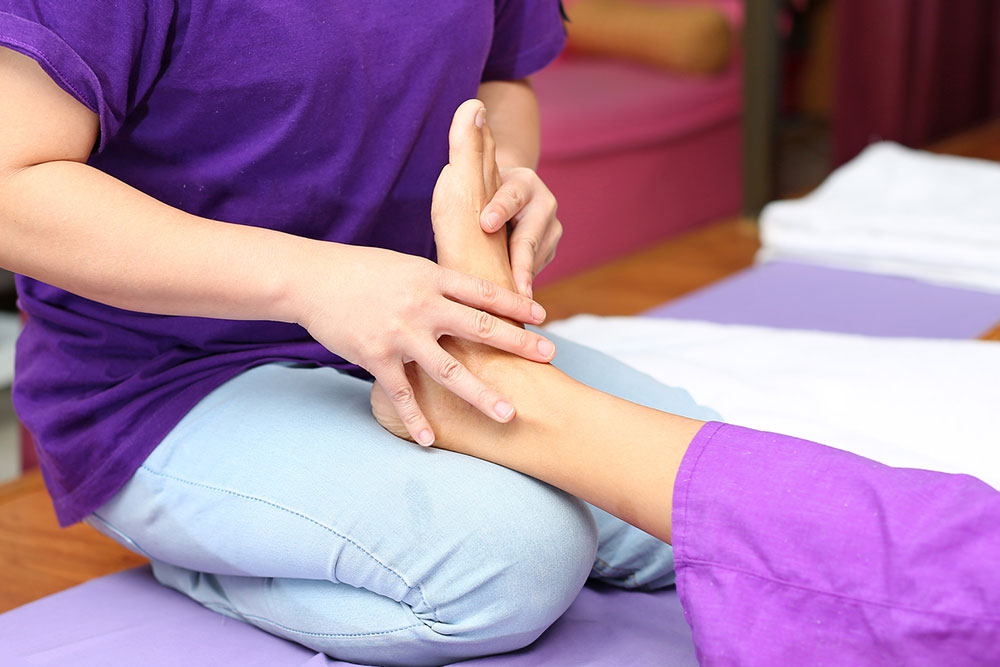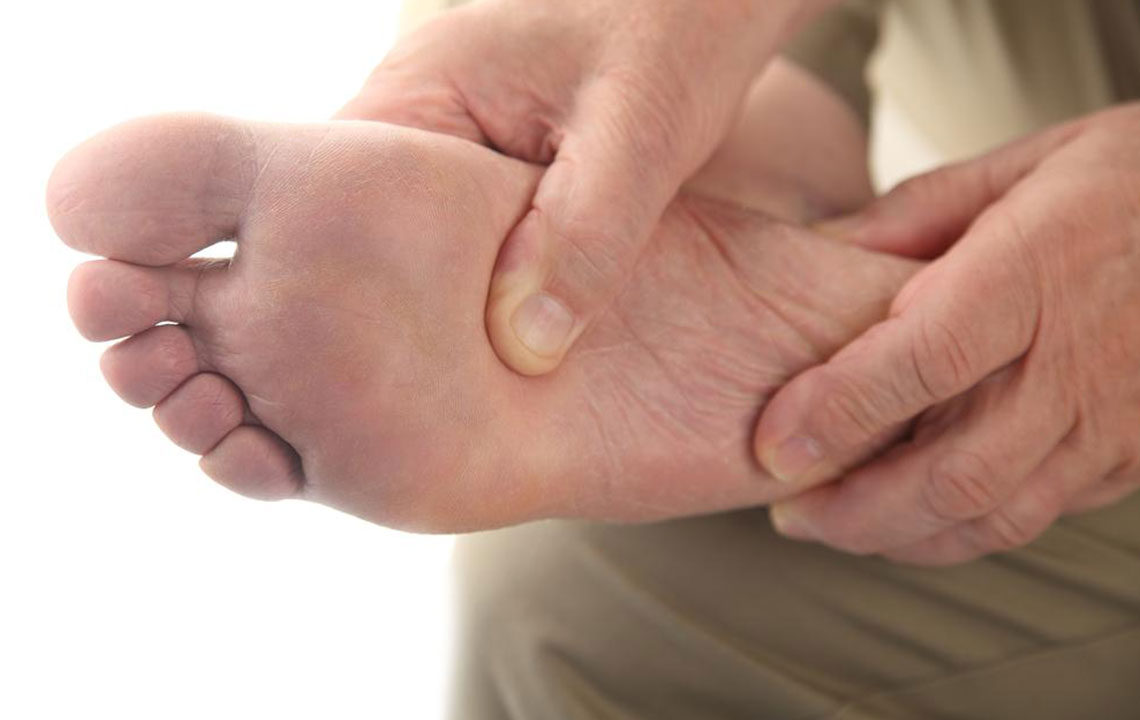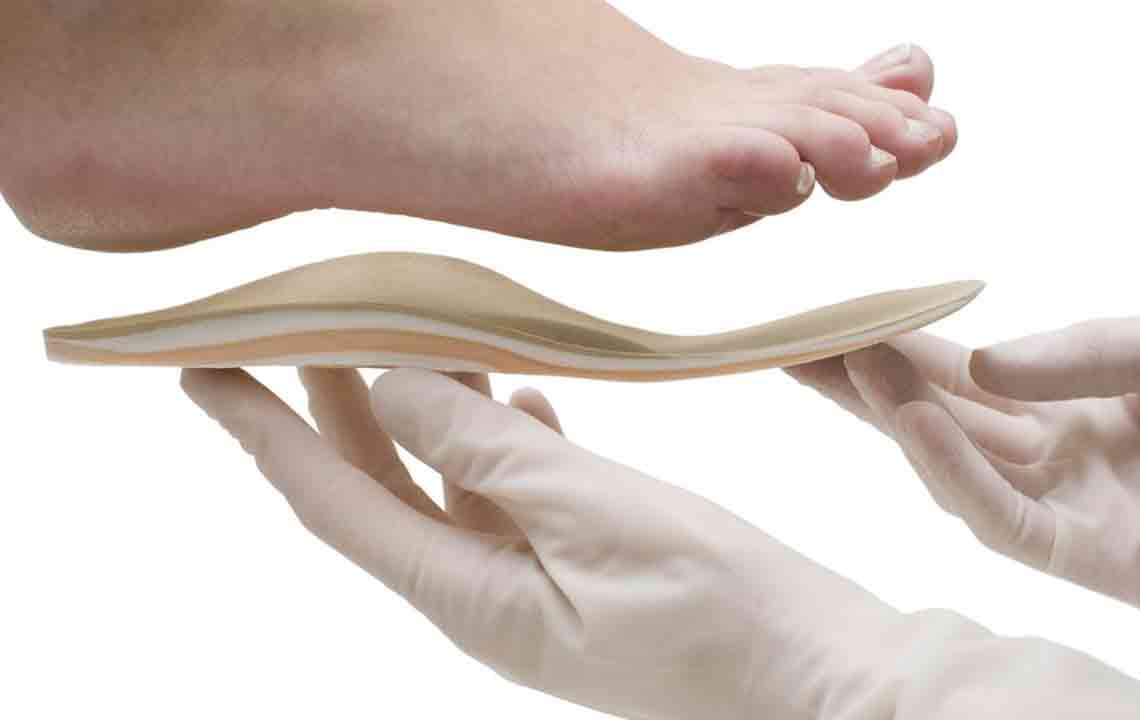Understanding and Managing Ingrown Toenails
This article explains common causes of ingrown toenails, such as improper trimming, footwear pressure, and injuries. It offers practical self-care tips like soaking, proper trimming, and using cotton to alleviate symptoms, emphasizing the importance of consulting a specialist for severe cases. Proper foot hygiene and footwear fit are crucial in prevention.
Sponsored
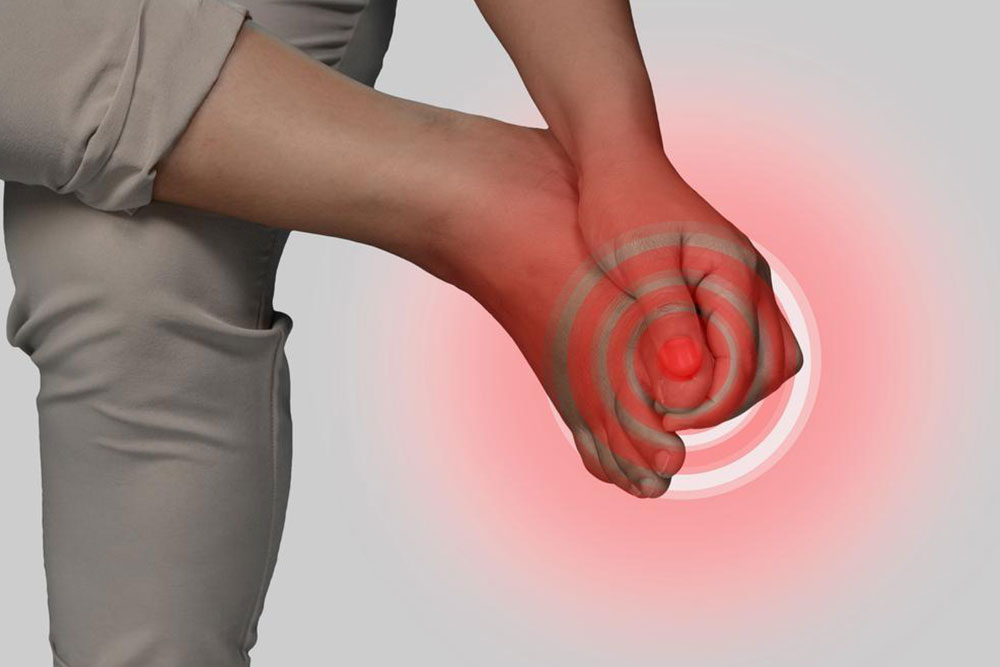
Experiencing discomfort when wearing closed shoes might be due to an ingrown toenail. Sometimes, tight footwear can worsen this condition. Identifying the issue early and seeking appropriate treatment can prevent severe pain and complications.
An ingrown toenail develops when the nail of the big toe, or other toes, grows into the surrounding skin, causing pain and sometimes infection. While usually not dangerous, neglect can lead to serious skin damage.
Proper foot and nail care are essential. Common causes include improper trimming—cutting nails too short or rounding edges—and wearing tight shoes or socks, which exert pressure and promote inward growth. Foot injuries and genetic factors or fungal infections can also contribute.
Self-care measures involve soaking feet in warm salted water for 10-15 minutes to ease the nail and reduce ingrowth. Repeating this after nail removal helps prevent recurrence. Keep feet clean and dry, and use a small cotton ball beneath the nail to prevent further embedding. Applying antibiotic ointment and covering sore areas protect against infection. Consulting a podiatrist is recommended for persistent or severe cases. Always wear properly fitted footwear and maintain good foot hygiene to prevent ingrown toenails.

